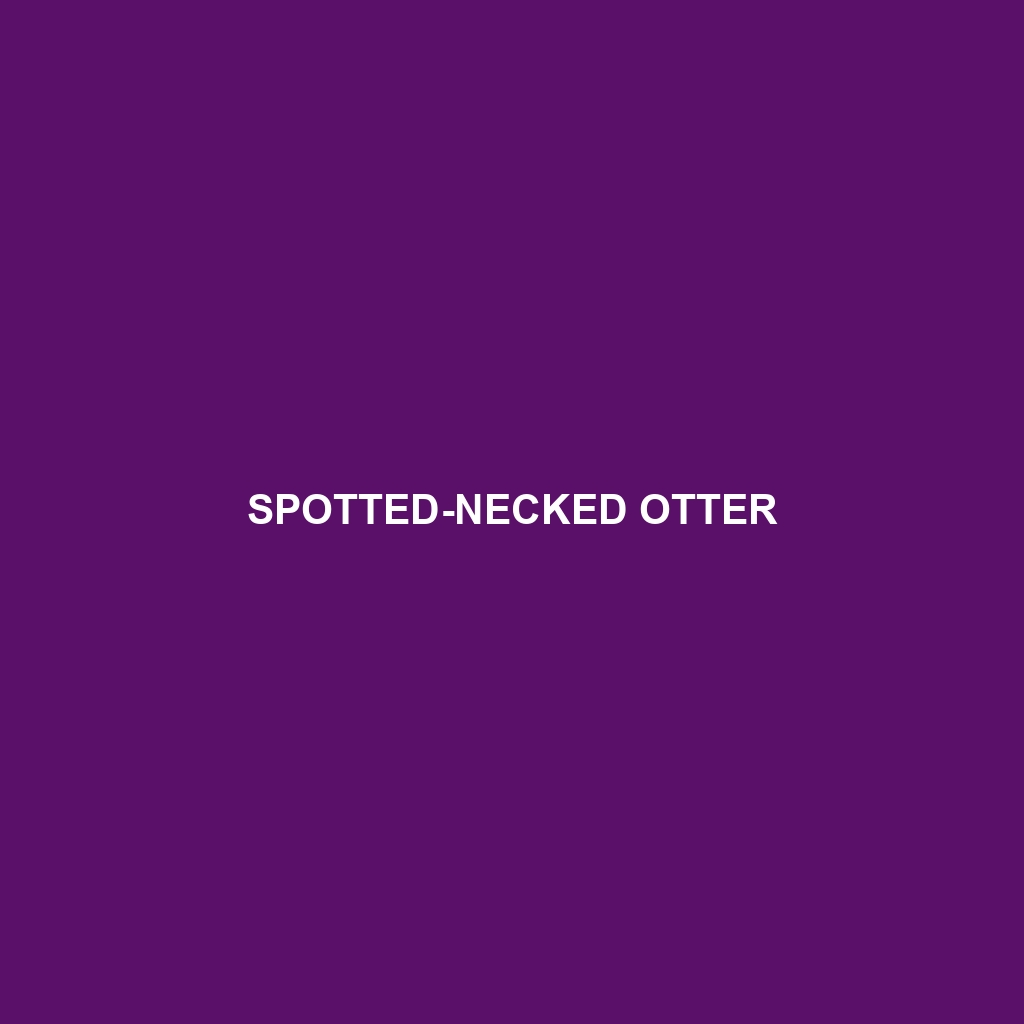Sea Otter (Enhydra lutris)
Common Name: Sea Otter
Scientific Name: Enhydra lutris
Habitat
The Sea Otter is primarily found along the northern Pacific Ocean, notably in coastal regions of Alaska, California, and parts of Russia. They inhabit kelp forests, estuaries, and coastal marine environments, thriving in areas that provide ample shelter and food sources.
Physical Characteristics
Sea Otters are notable for their thick fur, which is the densest of any mammal, measuring up to 600,000 hair follicles per square inch. Adults typically weigh between 50 to 100 pounds and measure around 60 to 100 centimeters in length. Their bodies are streamlined with a broad head, small ears, and webbed feet, allowing for excellent swimming capabilities. The fur ranges from dark brown to a lighter, reddish hue, with lighter patches on their face and underside.
Behavior
Sea Otters are highly social animals, often seen floating in groups called rafts. They exhibit playful behaviors, such as sliding down rocks and using tools to crack open shellfish. They are known for their unique habit of wrapping themselves in kelp to prevent drifting while they sleep, showcasing their adaptability and intelligence.
Diet
Sea Otters are carnivorous and primarily feed on marine invertebrates, including sea urchins, crabs, clams, and various types of fish. Their diet varies by region, but they are particularly known for their ability to use rocks as tools to break open tough shells, making them fascinating subjects for studies on wildlife feeding behaviors.
Reproduction
Sea Otters typically breed throughout the year, with peak seasons depending on geographical location. Females give birth to a single pup after a gestation period of six months. Pups are born with a soft fur coat that lacks the insulating properties of adult fur, making them reliant on their mothers for warmth and protection until they are mature enough to dive on their own at around six months of age.
Conservation Status
Currently, Sea Otters are classified as Endangered in many regions, primarily due to habitat loss, oil spills, and decreased food availability. Conservation efforts are underway to protect these vital marine mammals and their ecosystems.
Interesting Facts
One of the most fascinating aspects of Sea Otters is their impact on kelp forest ecosystems. By preying on sea urchins, Sea Otters help in maintaining the balance of kelp forests, which are critical habitats for numerous marine species. Additionally, Sea Otters are known for their thick, plush fur that helps keep them warm in cold waters, leading to their intriguing adaptation behaviors.
Role in Ecosystem
Sea Otters play a crucial role in their ecosystem as a keystone species. By controlling the population of sea urchins, they facilitate the growth of kelp forests, which provide habitat and food for many marine organisms. This interaction underpins the health of coastal marine ecosystems and highlights the importance of Sea Otters in biological diversity conservation.
